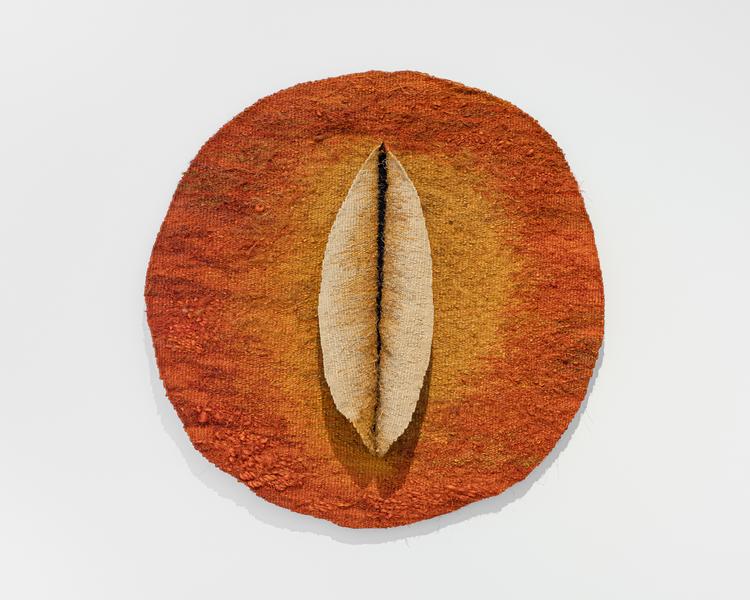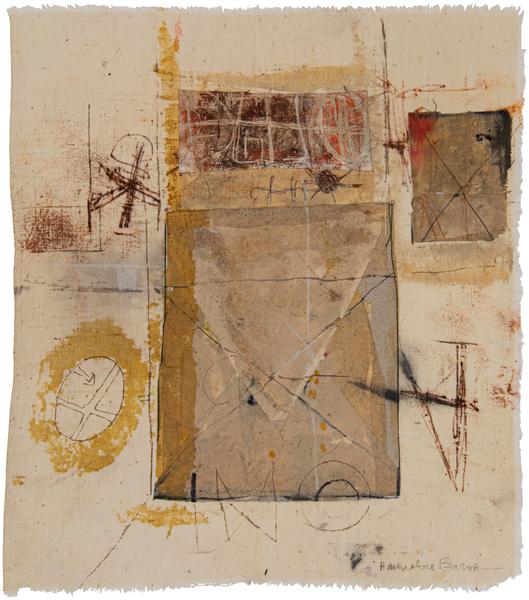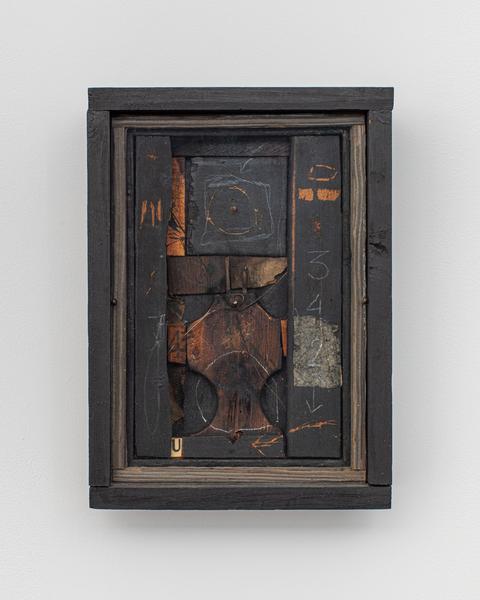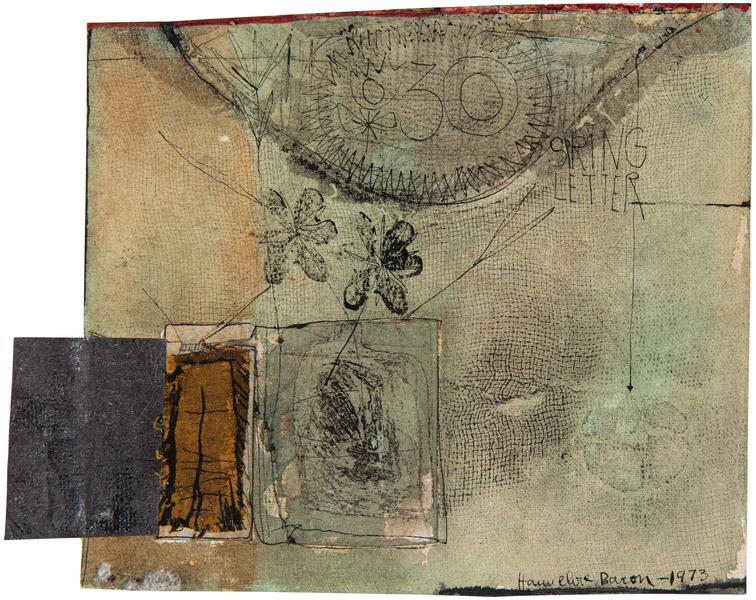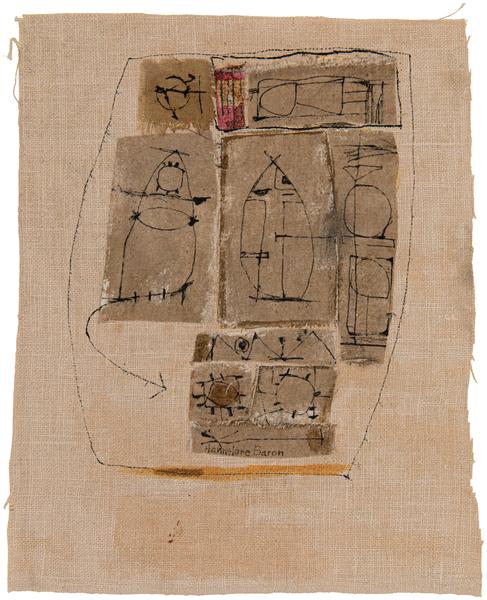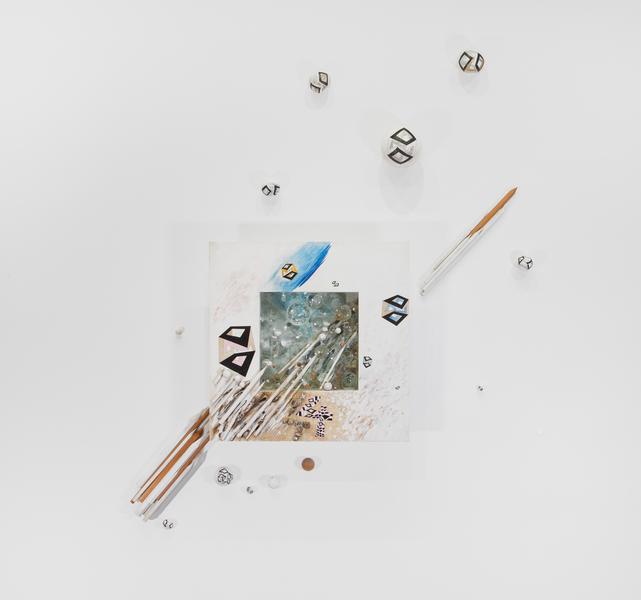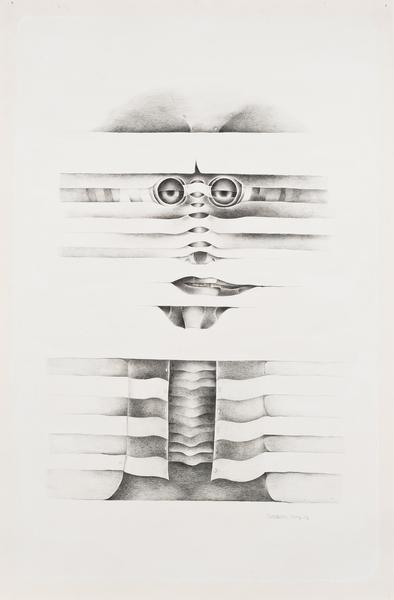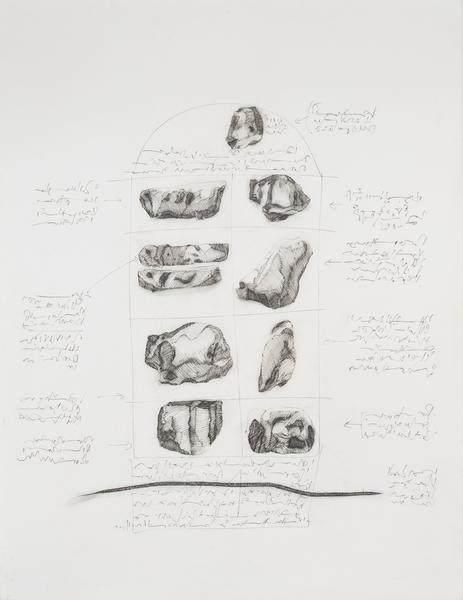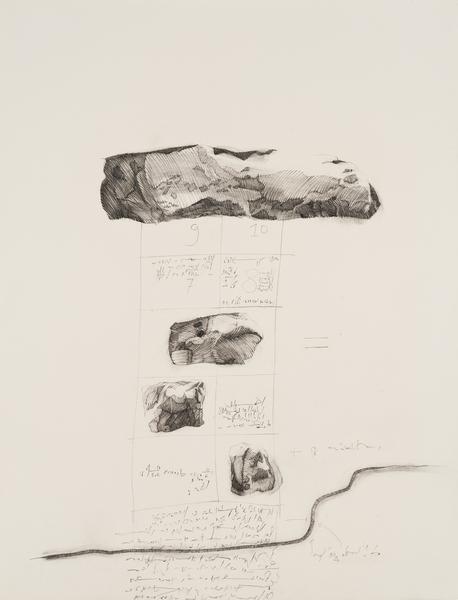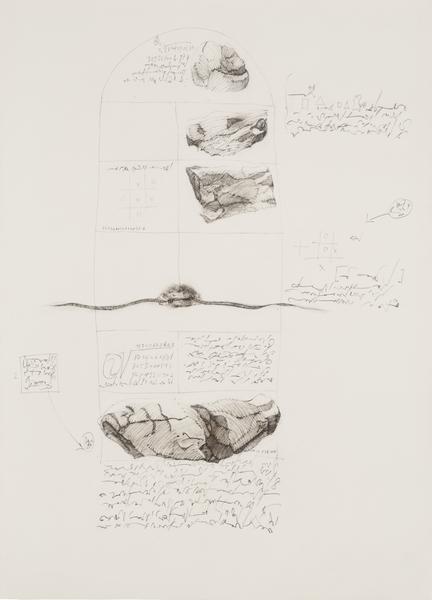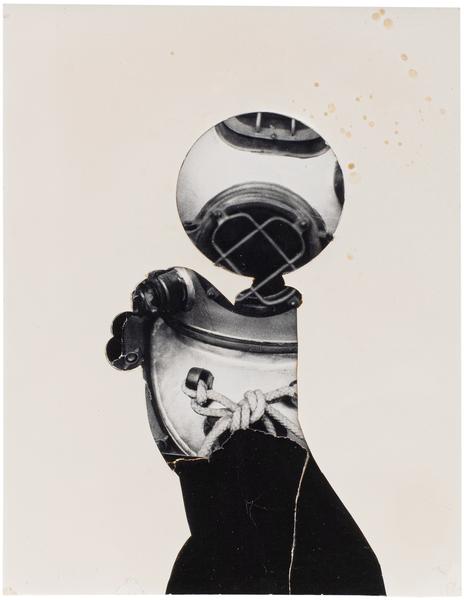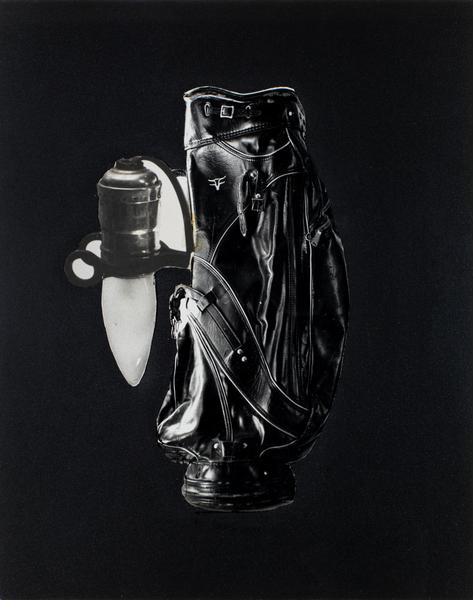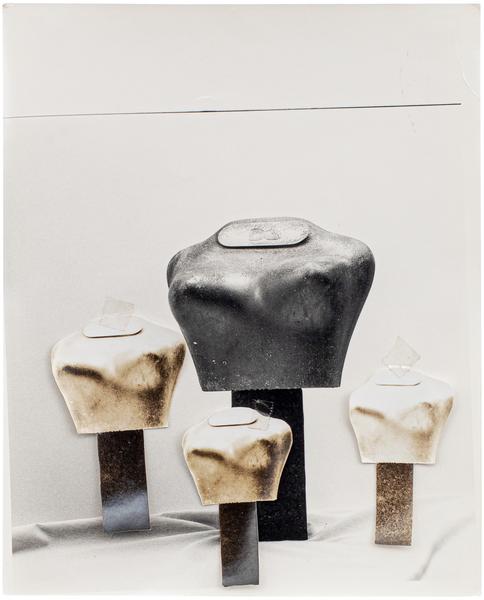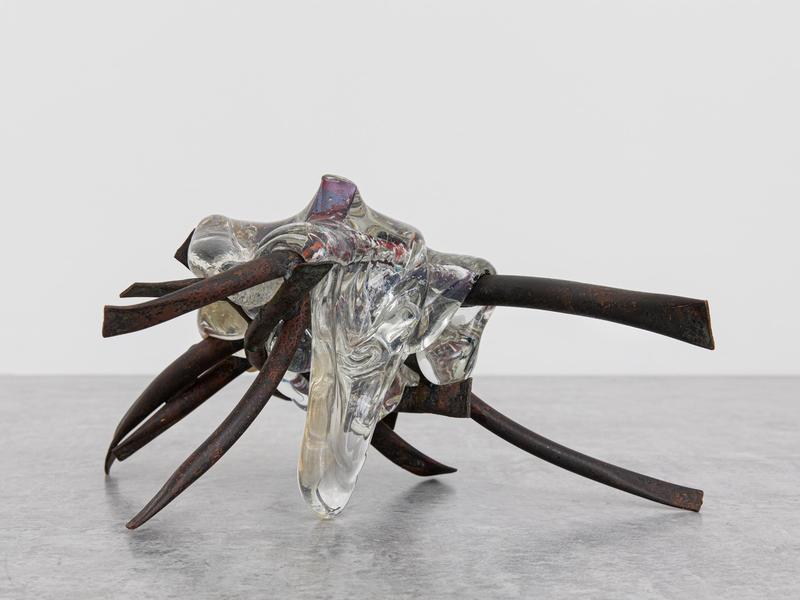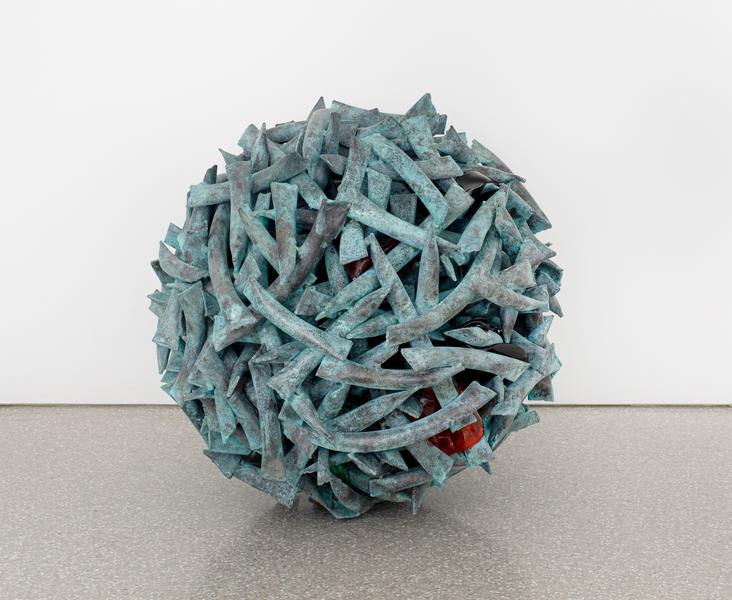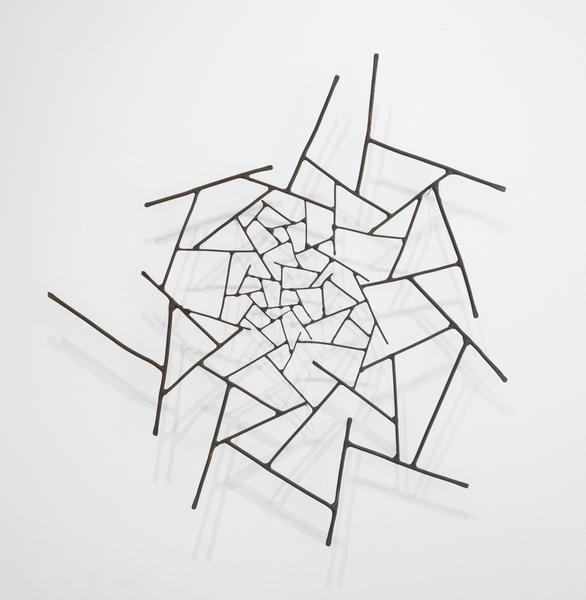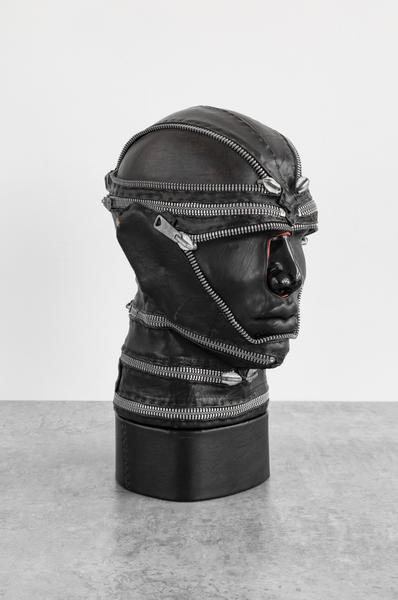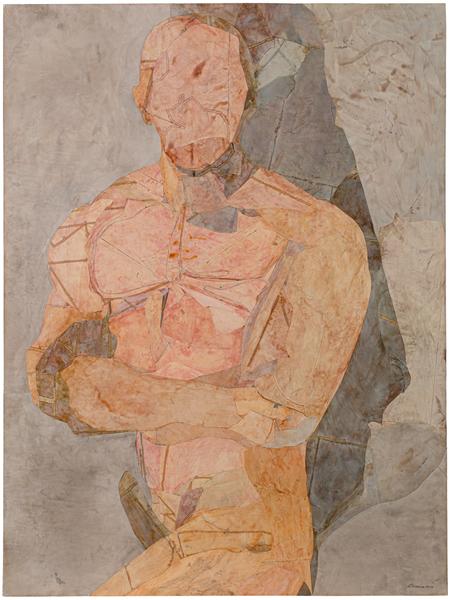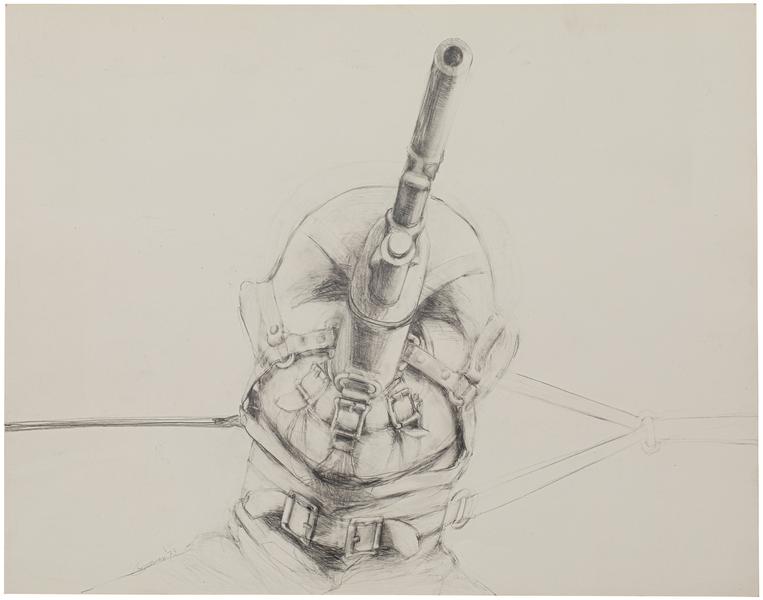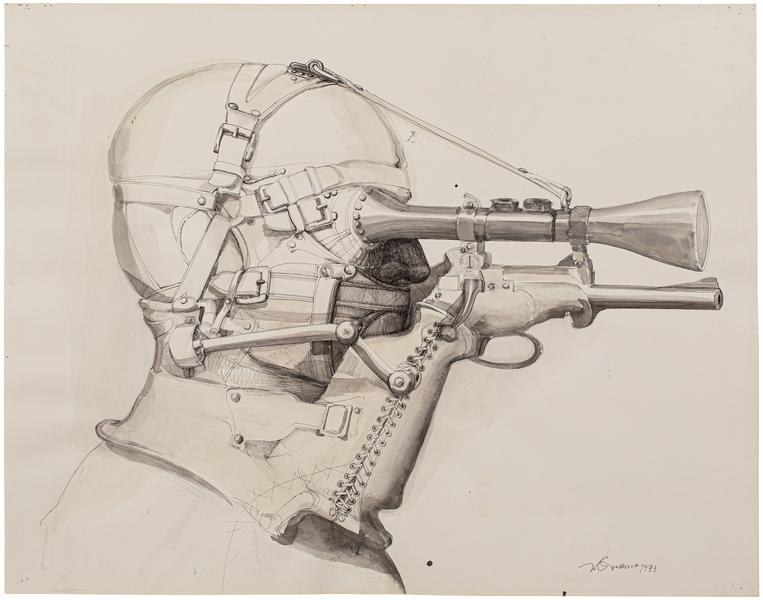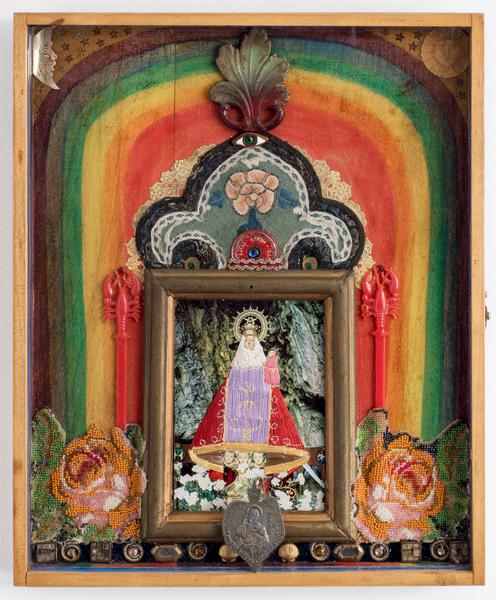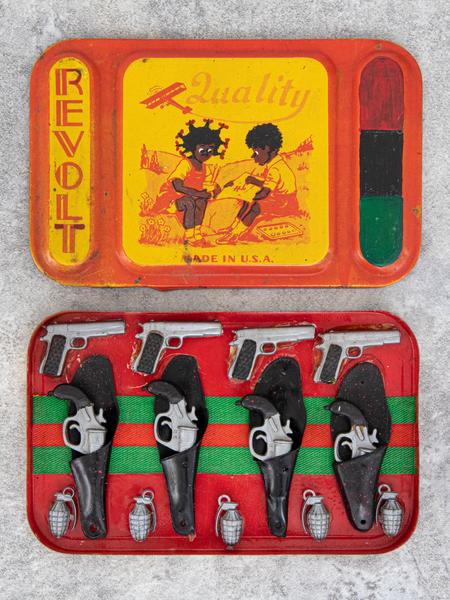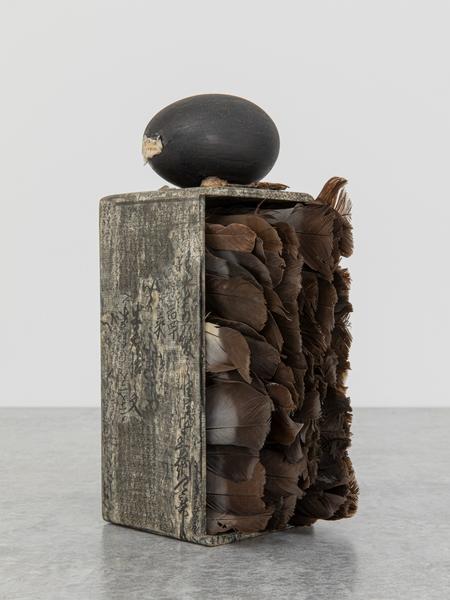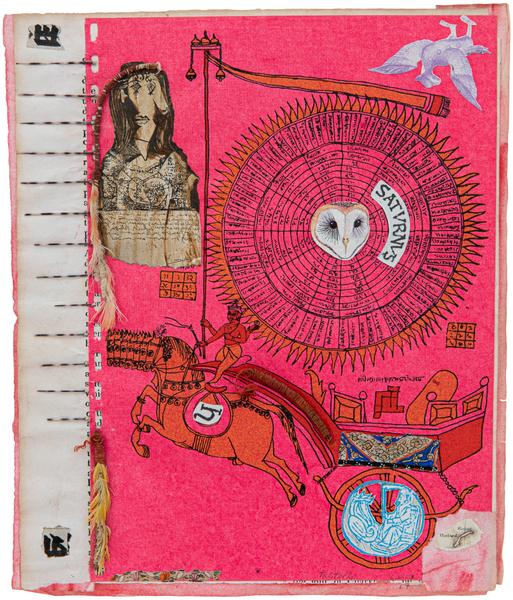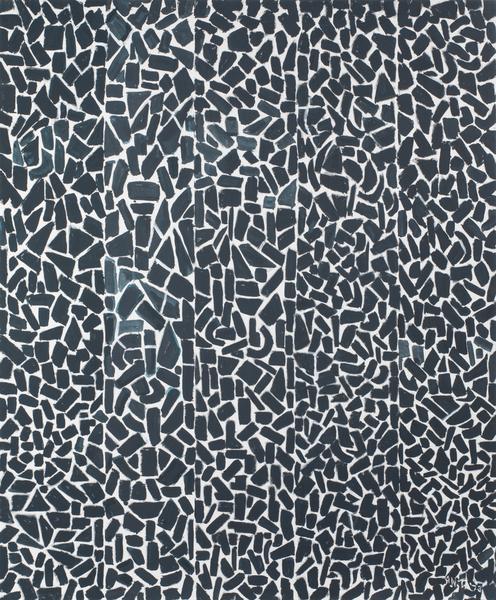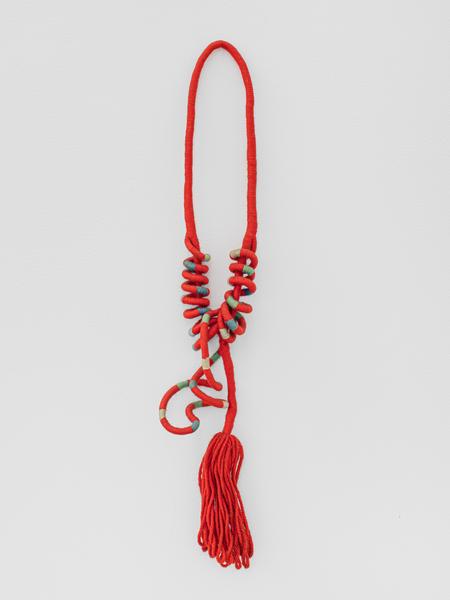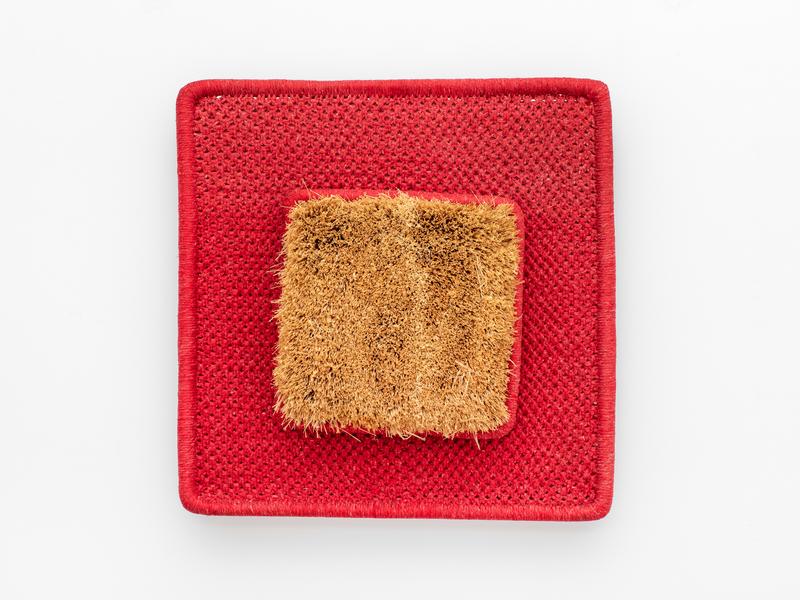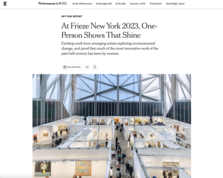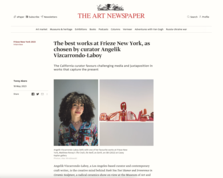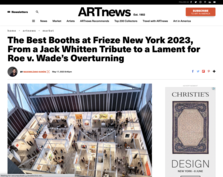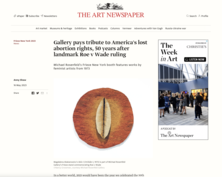To many American women and men it seems absurd, in this allegedly enlightened age, that we should still be arguing for a simple principle: that a woman has the right to sovereignty over her own body.
—Barbaralee Diamonstein for Ms. magazine, Spring 1972
For Frieze New York 2023, Michael Rosenfeld Gallery is pleased to present 1973, a group exhibition featuring works created in the months leading up to and immediately following the U.S. Supreme Court’s decision of January 22, 1973 in the case of Roe v. Wade. Widely understood as a major victory for the second-wave feminist movement that was then at its peak, the ruling was a watershed moment for the nation and many artists were commensurately inspired by the empowerment it granted. Fifty years hence, the revocation of the rights conferred by Roe has revealed the disproportionate measure of power wielded by an unelected group of judges acting on behalf of the minority of Americans who oppose such freedoms. Coming into artistic maturity in an era of overt social and institutional sexism, the artists exhibited in 1973 levied their cultural cachet and risked the future of their careers to resist the dominant social and political powers in a variety of ways.
Foregrounding themes of physical compromise, convalescence, and psychic resilience, Booth D11 features an interdisciplinary selection of works by a diverse roster of artists including Magdalena Abakanowicz (1930–2017), Hannelore Baron (1926–1987), Mary Bauermeister (1934–2023), Lee Bontecou (1931-2022), Jay DeFeo (1929–1989), Barbara Chase-Riboud (b.1934), Claire Falkenstein (1908–1997), Nancy Grossman (b.1940), Louise Nevelson (1899–1988), Betye Saar (b.1926), Lenore Tawney (1907-2007), Alma Thomas (1891–1987), and Claire Zeisler (1903–1991). Ranging from the intimately personal to the grandly universal, 1973 conveys a tangible sense of the manifold materials, processes, and iconographies engaged by this revolutionary generation of artists. Though not all of the works in the presentation are overtly political, an undercurrent of feminist thought, and political struggle is evident in each artists’ oeuvre and the exhibition as a whole.
Highlights of 1973 include a standout example from Grossman’s celebrated series of leather-covered head sculptures, Black (1973–74). Despite their masculine features, Grossman refers to these sculptures as self-portraits, as they convey the rage she felt in witnessing the violence sparked by the political and social movements of late 1960s, when she created the first works in the series. Works such as Black further embody Grossman’s conception of the relationship between the individual and society, evoking themes of disenfranchisement and suppression. The deliberate confusion of attributes traditionally coded as masculine or feminine was a common technique among the second-generation feminists, often employed to expose the socially constructed origins of such categorizations. Similarly, Mary Bauermeister’s Durchwanderung (Nature) (1973–74) is a commentary on the gendered preconceptions that often require women artists to neutralize their femininity in order to be taken seriously in an art world dominated by men. Comprising a sprawling installation of wooden spheres, pencils, and one of Bauermeister’s famed lens boxes, the work opens onto a multitude of implications pertaining to the nature of visual perception, framing, and traditional symbols of biological sex (i.e., eggs and phalluses).

